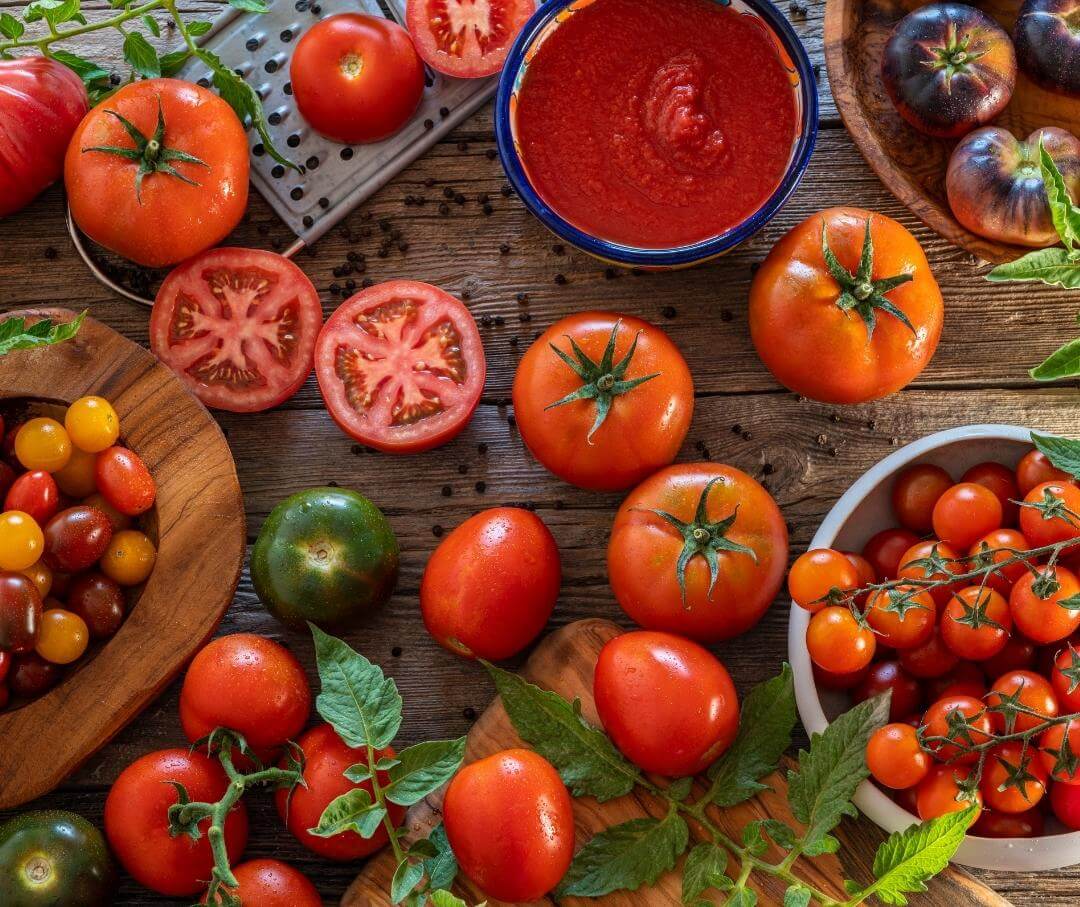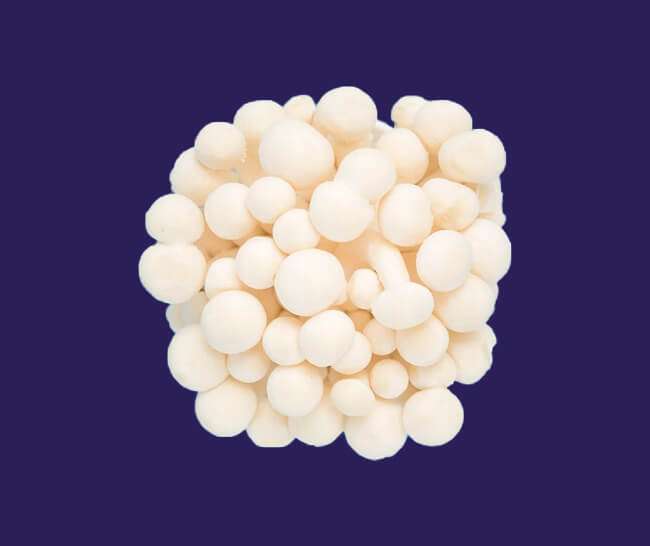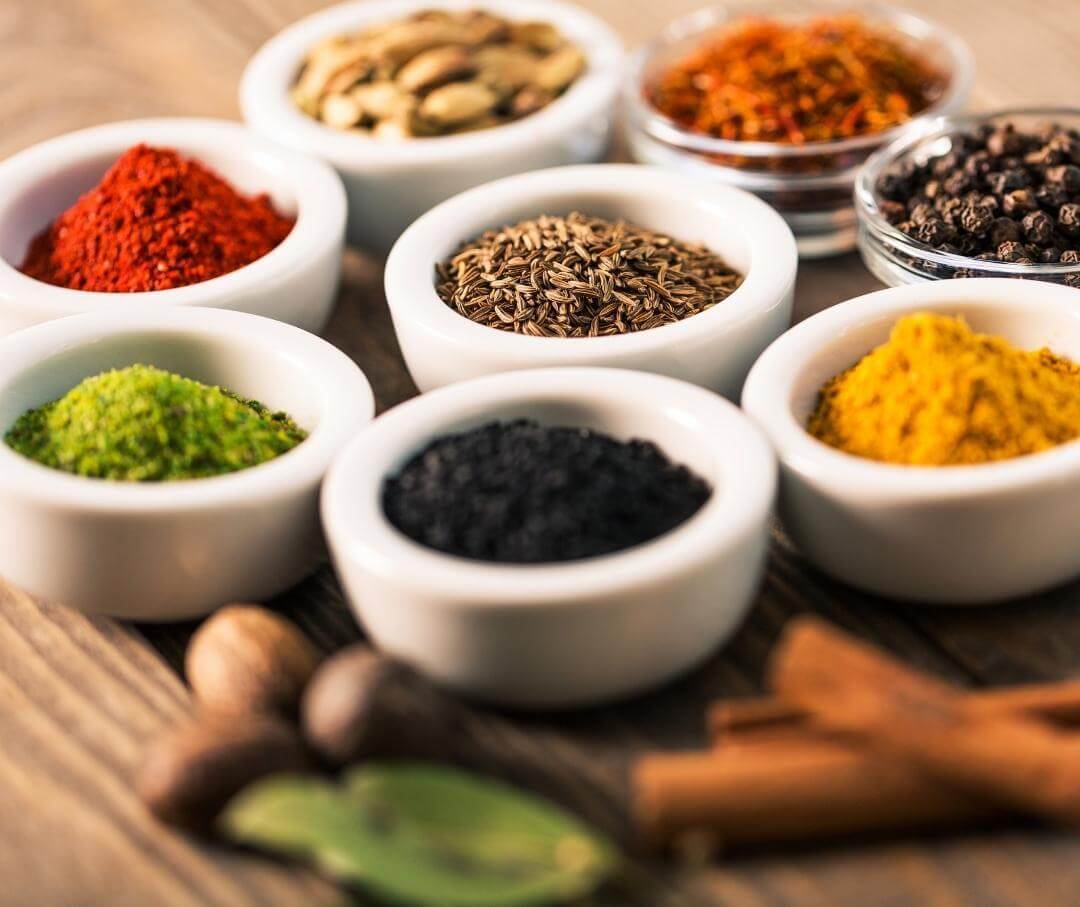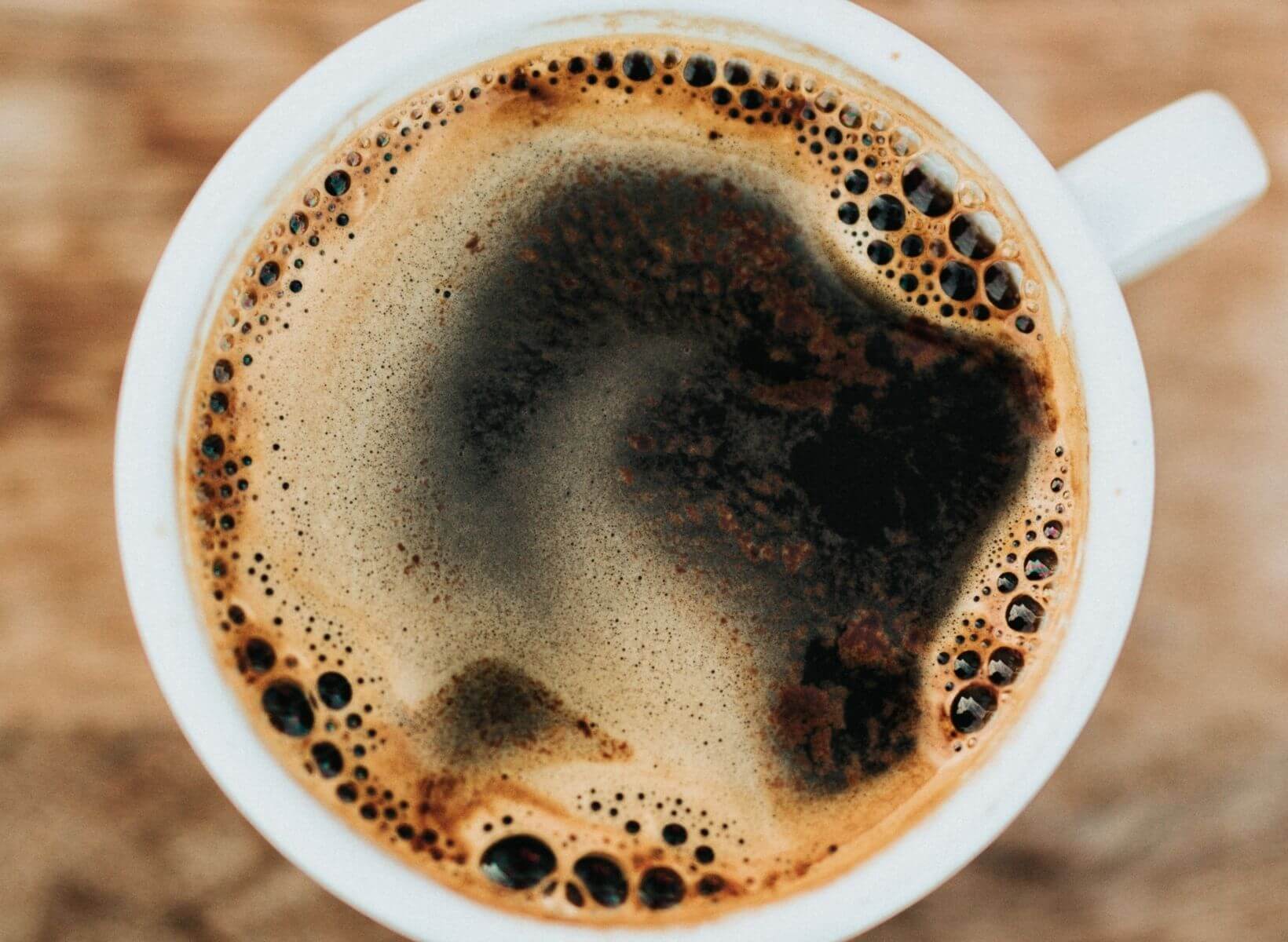A traditional breakfast wouldn’t feel complete without maple syrup. It’s a household staple for pancakes, roasted veggies, and pastries, but what’s maple syrup’s glycemic index?
Understanding how it impacts your blood sugar levels will give you more control over your health. Read this guide to learn more about the natural sweetener and determine if it’s right for your daily diet.
{{mid-cta}}
How Is Maple Syrup Made?
People have a long history of enjoying maple syrup because it’s easy to access. If you’re in a grove of maple trees, you can drill a hole into the trunks and insert metal spouts called spiles. The sap drips from the spiles into a bucket below.
Manufacturing facilities gather 40 liters of sap to make one liter of maple syrup.1 A reverse osmosis tubing system makes maple syrup by putting the sap under high pressure to remove its water.
Afterward, the tubes contain liquid that has a syrup consistency with a higher sugar content. The facility’s team members boil the syrup for several hours before bottling it.
Maple syrup has numerous health benefits, but one of the production benefits is its simplicity. Pressurizing and boiling the sap creates the taste and color profile people recognize as maple syrup. Adding other ingredients like dyes or artificial sweeteners is up to the manufacturer, depending on which type of maple syrup they sell.
Maple Syrup Nutrition Facts
You pack your breakfast with extra nutrition when you dip sausage links in maple syrup or drizzle it over biscuits. If you eat ¼ of a cup as recommended by the U.S. Department of Agriculture (USDA), you’ll get these nutrients in your meal:2
- 55.6 g of carbohydrates
- 50.2 g of sugars
- 84.7 mg of calcium
- 9.96 mg of sodium
- 1.66 mg of phosphorus
- 176 mg of potassium
- 17.4 mg of magnesium
- 84.7 mg of calcium
- 2.42 mg of manganese
- 1.22 mg of zinc
- 0.091 mg of iron
Is Maple Syrup Low-Glycemic? A Deeper Look Into Maple Syrup GI
After pressurizing into a syrupy consistency, the sugar content of maple syrup becomes more concentrated. Although it’s primarily natural sugars, maple syrup has a glycemic index (GI) rating of 55 and remains classified as a low-GI food.3
The sucrose, glucose, and fructose in maple syrup reach your stomach and break into monosaccharides. Your intestines convert the sugars into glucose before sending them through your bloodstream to your liver.
The liver is a storage unit for glucose, so your body can access the reserves for extra energy as necessary. It also transports that energizing glucose to your organs through the bloodstream, which is why foods like maple syrup affect blood sugar levels.
When comparing maple syrup vs. white sugar and how they affect blood sugar, it’s crucial to note their various GI ratings. These are a few sweeteners to learn about before adding them to your daily diet.
Maple Syrup vs. Sugar vs. Honey Glycemic Index
Natural maple syrup has a low GI rating, but those GI ratings change when comparing maple syrup vs. sugar. Sugar has a GI rating of 23 for fructose, while maltose has a GI rating of 105.4 Table sugar, known as sucrose, equals a GI rating of 100, which makes it a high-GI food.5
It’s significant to note if you want to control your blood sugar. Table sugar is in many foods, but swapping it for maple syrup could yield more positive results because syrup has nearly half the GI impact.
Honey is another sweetener people turn to when reducing their table sugar intake. It has a GI rating of 60, so it’s a medium GI impact food.6 Both can be helpful alternatives to table sugar, but you should note how quickly the body absorbs each sweetener.
Your blood sugar immediately rises after eating but may grow faster if your pancreas can’t produce insulin to store the sugar effectively. Less insulin means more sugar enters your bloodstream unregulated, leading to spikes.
Some sweeteners, like stevia or sugar alcohols, have a zero GI rating, so people use them as sugar substitutes. Monitoring your body’s reaction is crucial when deciding if sweeteners like maple syrup are best for your health.
Even though it has a lower GI rating, maple syrup absorbs more quickly into the bloodstream than other sweeteners like brown rice and corn syrup. People sensitive to sweeteners may have an intensified blood sugar reaction to maple syrup, which is easy to track with a glucose monitor.
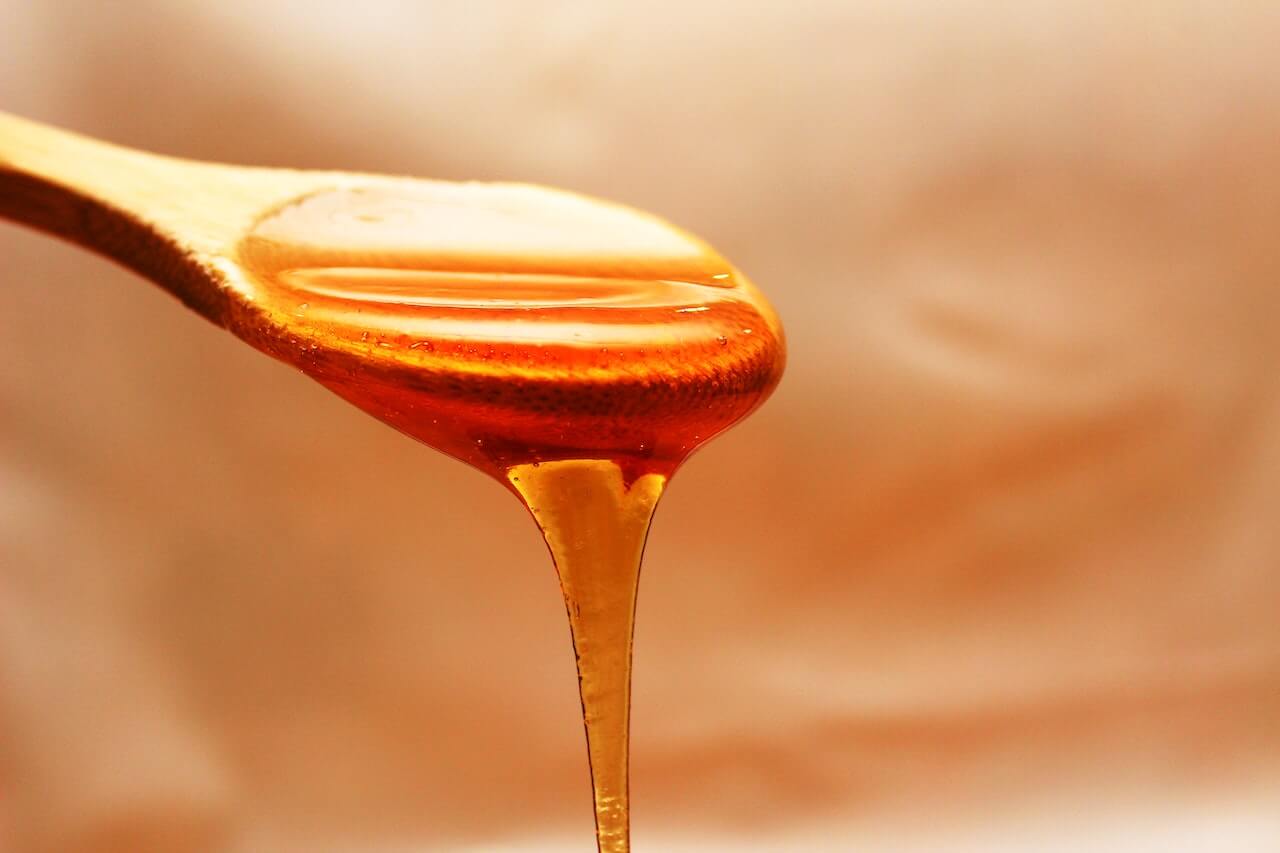
Is Maple Syrup Good for Diabetics?
Maple syrup is good for those living with diabetes, but everyone should slowly introduce it to their diet to wait to see how their body reacts. Its low GI rating makes it a better alternative than refined sugar. However, people living with diabetes on prescribed low-carb diets may need less than the recommended serving size since maple syrup is a high-carb topping.
One way to make your maple syrup last longer is to measure your preferred serving size and dilute it with water. You’ll cut the sweetness, but the extra water makes it easier to cover a serving of waffles or pancakes with a smaller amount of syrup.
Is Maple Syrup Good for Weight Loss?
People often switch to low-GI foods and sweeteners to lose weight. Research shows a high-sugar diet that causes frequent blood sugar spikes reduces your metabolism’s speed and makes weight gain easier.
Maple syrup’s glycemic index makes it a weight-loss-friendly sweetener. Instead of adding fructose or refined sugar sweeteners to your drinks and meals, substitute small amounts of maple syrup to keep your blood sugar spikes to a minimum.
Check the serving size of your preferred maple syrup products. You can estimate your weight-loss serving size based on the sugar and carb content on the nutrition label. If the recommended ¼ cup has 55.6 carbohydrates, using ⅛ of a cup and diluting the syrup with water could help you reach your weight loss goals faster since carbs break down into glucose.2
6 Health Benefits of Maple Syrup Worth Knowing
Adding maple syrup to your diet can provide more than blood sugar control. The natural sweetener also has these notable health benefits.
Preventive Anti-Cancer Properties
Pure maple syrup contains many antioxidants that lend to its classic flavor.7 Antioxidants are powerful dietary tools because they inhibit the growth of cancer cells and free radicals.8 Consuming more antioxidants will prepare your cells to recognize and fight cancer more effectively.
Lower Strain on the Liver
Your liver processes sugars with every meal, snack, and drink. A long-term diet high in sugars may cause cellular inflammation within your overworked liver.9 Antioxidants in maple syrup can assist with that. The anti-inflammatory properties are one of the many benefits of maple syrup because they can soothe the liver back to a healthier state.
Improves Gut Health
Among the other ingredients in maple syrup’s nutrition values, this delicious topping contains inulin. Inulin is a soluble fiber that provides essential bacteria to the digestive system.10 Small amounts of maple syrup could improve your gut health by regulating its bacterial biome. Inulin also makes maple syrup a valuable resource for people more sensitive to the natural sugars in apples and other high-fiber fruits.
May Potentiate the Effects of Antibiotics
In a 2022 study, researchers extracted polyphenols from maple syrup and added them to antibiotics. The antibiotics fought bacteria more effectively.11 More research is necessary to determine if maple trees are the next key to fighting illnesses.
However, it’s notable that the study demonstrated how polyphenols make it easier for antibiotics to break through cell walls. If proven again in an updated study, combining the two on a broad scale could mean people don’t have to take sizable doses of antibiotics to get the same results.
Supports Skin Health
The antioxidants in pure maple syrup make it a helpful skincare tool. When consumed regularly, they will have enough time to reduce inflammation in your skin cells. Less inflammation would minimize common issues like dryness, redness, and breakouts.
Less Glycemic Load
Maple syrup’s glycemic index rating determines its effects on your glucose levels. Its rating considers the entire nutritional profile of maple syrup to determine how other dietary factors may affect your blood sugar.
One of the reasons why maple syrup is good for those living with diabetes is it has a lower glycemic load than other sweeteners. As you research maple syrup vs. honey glycemic index comparisons, it’s important to remember their glycemic load may also vary. Maple syrup will have a lower rating, making it safer for your blood sugar.
Potential Side Effects of Excessive Consumption
Maple syrup may be better than other sweeteners due to its higher nutritional content, but you should also consume it in moderation. Excessive amounts in daily meals could result in these potential side effects.
Change in Gallbladder Functionality
Your gallbladder breaks down fatty foods by releasing bile and may be more sensitive if heavy meals cause abdominal pain or diarrhea. Maple syrup is a low-fat food, but that doesn’t mean it’s the best option for your gallbladder.
People prone to developing gallstones may have them more frequently when consuming maple syrup. The syrup can crystalize in the digestive tract and may contain crystals if the syrup is older or refrigerated.
When those crystals reach the gallbladder, they can clog the internal pathways or add to existing gallstone clogs. Frequent clogs inflame the gallbladder, which can trigger polyp creation and cause cancer that kills 4,000 people annually.12
Increase in Weight
When comparing maple syrup vs. sugar, it’s crucial to understand they can both cause weight gain. Maple syrup is a low-GI food, but it’s high in carbohydrates. Carbs break down into glucose, a sugar that may lead to weight gain if your body has too much to process at once.
May Affect Diabetes
Many know maple syrup’s glycemic index makes it a safer sweetener for people living with diabetes, but it’s vital to stick with moderate serving sizes. Although it’s healthier than refined sugar, carbohydrates will cause a blood sugar spike in large amounts.
Cardiovascular Disease
Heart disease can occur for many reasons. Sugars, like inverted sugars used in pastries, raise your blood pressure. Continually high blood pressure increases your heart’s inflammation, making heart disease easier to develop. As you learn about maple syrup’s nutrition and how it may support your health, it's another factor to consider.
Tooth Decay
Sweeteners of any kind can stick to your teeth. The natural sugars in maple syrup can still contribute to tooth decay without proper dental hygiene.
Recommended Serving Size of Maple Syrup
The USDA recommends people enjoy ¼ of maple syrup in each serving.2 However, your necessary portion size will depend on what’s optimal for your blood sugar control. You’ll reduce your risk of heart disease and other health conditions by monitoring your blood sugar levels.
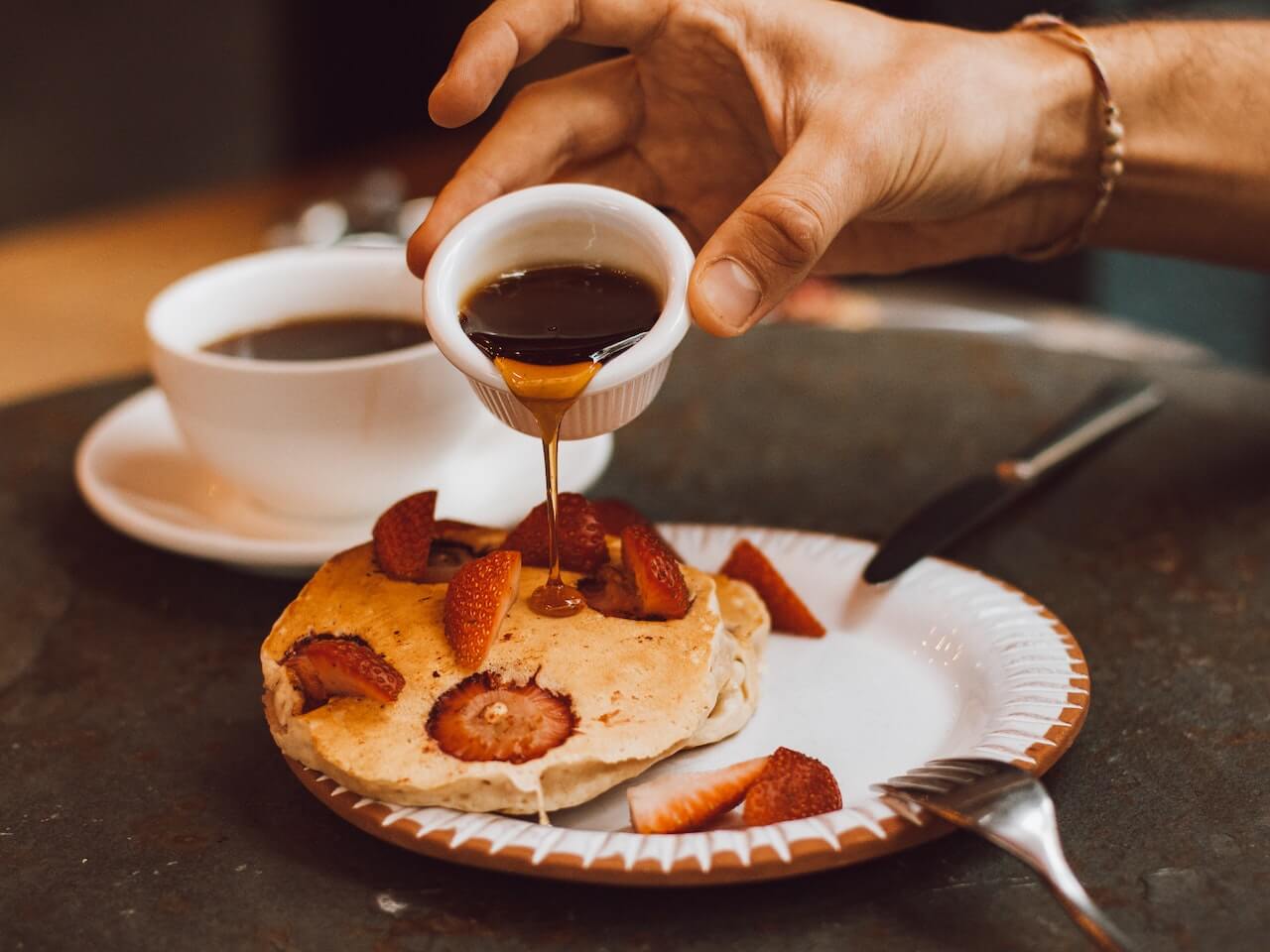
Ways to Use Maple Syrup
There are numerous ways to incorporate maple syrup into a balanced diet. Besides putting it on pancakes and waffles, you can also use it in these creative ways:
- Substitute it for regular sugar in your coffee.
- Mix it into homemade jams.
- Drizzle it over sweet potatoes.
- Mix it into your enriched cereal.
- Spoon it into Greek yogurt.
You can benefit from maple syrup’s potassium, zinc, and other nutrients. It’s an excellent sugar substitute, along with other heat-stable alternatives like monk fruit and allulose.
Learn More About Glycemic Index in Foods and Blood Sugar Health With Signos’ Expert Advice
Understanding the glycemic index of foods gives you more control of your health. The knowledge will positively contribute to your blood sugar management while you focus on improving your overall health and well-being.
Signos’ expert advice can improve your health if you want to lose weight or feel better. Learn more about nutrition and healthy habits on Signos’ blog, or take a quick quiz to see if Signos’ program is right for you.
- Item 1
- Item 2
- item 3
Topics discussed in this article:
References
- Saraiva, A., Carrascosa, C., Ramos, F., Raheem, D., Lopes, M., & Raposo, A. (2022, October 21). Maple Syrup: Chemical Analysis and Nutritional Profile, Health Impacts, Safety and Quality Control, and Food Industry Applications. MDPI. https://www.mdpi.com/1660-4601/19/20/13684
- U.S. Department of Agriculture. (n.d.). FoodData Central Search Results. FoodData Central. https://fdc.nal.usda.gov/fdc-app.html#/food-details/169661/nutrients
- Admin. (2021, February 8). Maple Syrup: Glycemic Index (GI), Glycemic load (GL) and Calories Per 100g. Glycemic Index Guide. https://glycemic-index.net/maple-syrup/
- Role of Various Nutrients on Glycemic Index of Food. International Journal Of Multidisciplinary Research In Science, Engineering and Technology. (2021, March). https://ijmrset.com/upload/2021/march/2_nikita.pdf
- Admin. (2023, May 14). Sugar: Glycemic Index (GI), Glycemic Load (GL) and Calories Per 100g. Glycemic Index Guide. https://glycemic-index.net/sugar/
- Admin. (2021, February 8). Honey: Glycemic Index (GI), Glycemic Load (GL) and Calories Per 100g. Glycemic Index Guide. https://glycemic-index.net/honey/
- Gibson, C. (2023, April 19). Development of Undergraduate Teaching Laboratories in the Analysis of Maple Syrup Antioxidants and Phenolics. Proceedings of the West Virginia Academy of Science. https://www.pwvas.org/index.php/pwvas/article/view/992
- Azmanova, M., & Pitto-Barry, A. (2022, January 27). Oxidative Stress in Cancer Therapy: Friend or Enemy?. Chembiochem: A European Journal of Chemical Biology. https://pubmed.ncbi.nlm.nih.gov/35015324/
- Hao, S., Jia, X., & Sheng, Y. (n.d.). Study on Nash Mouse Model With Different Proportions of High-Fat and High-Sugar Diets. Francis-Press Open Access Journals and Proceedings. https://francis-press.com/uploads/papers/sf3z9TFIopjz9KED0lye4au5A52cafAAEhDRltvK.pdf
- Deepak Venkata Muthyala, S., Shankar, S., Klemashevich, C., Blazier, J. C., Hillhouse, A., & Wu, C.-S. (2022, July). Differential effects of the soluble fiber inulin in reducing adiposity and altering gut microbiome in aging mice. The Journal of Nutritional Biochemistry. https://pubmed.ncbi.nlm.nih.gov/35346831/
- Tufenkji, N., Maisuria, V., Nguyen, D., Déziel, E., & Casgrain, P.-A. (2022, February 28). Maple Syrup-Derived Polyphenolics Potentiate Antibiotics in Vivo. Hal Open Science. https://hal.science/hal-03591874/
- n.a. (2019, February 27). Cancer Awareness — Gallbladder Cancer Facts. https://biocare.net/blog/cancer-awareness-gallbladder-cancer-facts/




